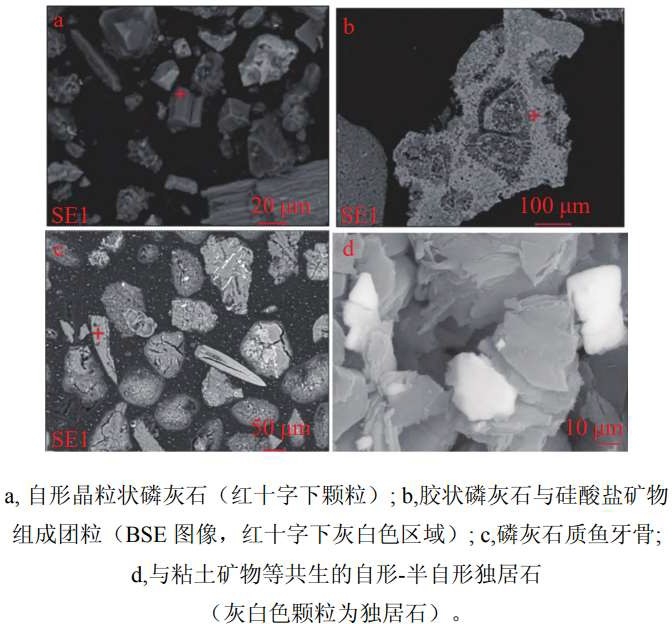稀土是元素周期表中的镧系元素和钪、钇共十七种金属元素的总称。自然界中有250 种稀土矿。由于其独特的工艺性能,被广泛应用于电子、石油化工、冶金、机械、能源、轻工、环境保护、农业等领域,全球的需求量逐年增加。人们在大力寻找陆上资源的同时,也把目光聚焦到了辽阔的海洋。通过不断努力,多国均宣布在深海底泥中发现了稀土富集区。
Rare earth is the collective name for the seventeen metallic elements in the periodic table of the elements: lanthanide, scandium, yttrium, etc. There are 250 kinds of rare earth ores in nature. Due to their unique properties, they are widely used in electronics, petrochemicals, metallurgy, machinery, energy, light industry, environmental protection, agriculture and other fields, and the global demand is increasing year by year. While people are vigorously searching for land-based resources, they also focus their attention on the vast ocean. Through continuous efforts, many countries have announced the discovery of areas rich in rare earth elements in the deep-sea substrate.

海底稀土的经济意义和战略价值:中国的稀土储量最多时占世界的 71.1%,目前占比在23%以下。中国稀土储量在 1996 至 2009 年间大跌 37%,只剩 2700 万吨,主要矿区资源加速衰减, 原有矿山资源大多枯竭。按现有生产速度,中国的中、重类稀土储备仅能维持 15 至20 年,在 2040-2050 年前后必须从国外进口才能满足国内需求。中国并非世界上唯一拥有稀土的国家,却在过去几十年承担了世界稀土供应的角色,结果付出了破坏自身天然环境与消耗自身资源的代价。
The economic significance and strategic value of the rare earth elements in seawater: China’s rare earth reserves account for 71.1% of the world’s reserves at the most, but currently account for less than 23%. China’s rare earth reserves plummeted by 37% from 1996 to 2009 with a residue of only 27 million tons. The resources in major mining areas are increasingly decaying and most of the resources in original mines deplete. If the resources are used at the current rate, China’s reserves of medium and heavy rare earths will only support the production for 15 to 20 years and will have to be imported from abroad from around 2040 to 2050 to meet domestic demand. China is not the only country in the world possessing rare earths, but has assumed the role of the world’s rare earth supplier in the past decades, which has damaged its own natural environment and depleted its own resources.
海底稀土的开发正逐渐得到世界各国的关注和重视。为摆脱对我国稀土的依赖, 2009 年, 日本政府制定了《海洋能源矿物质开发和计划》, 并预期 2018 年展开实验性探采。2011 年, 日本加藤泰浩在英国《自然地学》杂志刊登报告称, 发现包括夏威夷岛在内的太平洋中部约 880 万 km2 海域及东南部塔西提岛附近约 240 万km2海域淤泥中, 含有高浓度稀土, 整个可开采量约是陆地的 1000 倍。科学家预计, 太平洋海底淤泥中的稀土储量可达到 1000亿t。我国对于南海表层沉积物稀土元素地球化学的研究可追溯至 20 世纪 60 年代。期间, 中国科学院南海海洋研究所对南海北部大陆架、中西沙及海盆南部海区进行了调查研究。进入 80 年代,相关研究海域逐渐扩大至 12° N, 区域覆盖了中央海盆、中沙和西沙附近。至90 年代, 研究区域进一步拓展到了南沙群岛海区。目前, 累积的历史研究资料显示, 对于南海海底沉积物中稀土元素的研究区域已几乎覆盖了整个南海。我国的渤海、黄海、东海和南海的沉积物中均有稀土元素分布。渤海和南海陆架区沉积物中稀土元素含量较高, 平均质量比为 156 μg/g; 具有陆壳稀土元素的典型特征, 即: 中轻稀土均明显高于重稀土。
The development of rare earths in seawater is gradually gaining attention from countries around the world. In order to get rid of the dependence on China’s rare earths, the Japanese government formulated the “Marine Energy Mineral Resources Development Plan” in 2009 and expected to start the experimental exploration in 2018. In 2011, a paper published by a Japanese researcher Kato Yasuhiro showed that the silt in the 8.8 million km2 areas of central Pacific Ocean, including the island of Hawaii, and in the southeastern part of Tahiti of about 2.4 million km2 contains high concentrations of rare earths, and the entire extractable amount is about 1,000 times larger than that on land. Scientists estimate that the reserves of rare earths in the silt of the Pacific Ocean could reach 100 billion t. The research on the geochemistry of rare earth elements in the surface sediments of the South China Sea in China can date back to the 1960s. During that period, the South China Sea Institute of Oceanology of the Chinese Academy of Sciences investigated the northern continental shelf, Zhongsha Islands, Xisha Islands, and the southern part of the sea basin of the South China Sea. In the 1980s, the research area was gradually expanded to 12°N, covering the central basin, Zhongsha Islands and Xisha Islands. In the 1990s, the research area was further extended to the Nansha Islands. At present, the research data show that the study area of rare earth elements in seafloor sediments in the South China Sea has covered almost the whole Sea. Rare earth elements are found in the sediments of Bohai Sea, Yellow Sea, East Sea and South China Sea in China. The sediments of the Bohai Sea and the South China Sea have a high content of rare earth elements, with an average mass ratio of 156 μg/g, and have the typical characteristics of rare earth elements in the land crust, i.e., the amount of light and medium rare earths is significantly higher than that of the heavy rare earths.
海底稀土的存在形式:深海底泥中主要的组成矿物为粘土矿物和沸石类矿物,其矿物组成粒度偏细,大部分矿物具有吸附水的能力,在干燥过程中易于结团成块。稀土在海底泥中其主要的赋存矿物为磷酸盐矿物,这类矿物的主要物质来源为鱼类骨骼残骸,在长期的海底进化过程中鱼牙骨等保留较多,而其他鱼骨多被分解再结晶形成新的磷酸盐矿物(含再结晶磷灰石、胶磷矿、独居石等),海底磷酸盐类矿物成为海底稀土的主要富集载体,其集中分布的形式也为这类资源的选矿利用提供了可能。
The form of rare earths in the seawater: The main constituent minerals in the deep-sea mud are clay minerals and zeolites whose mineral composition is fine in size, and most of them have the ability to adsorb water and can easily agglomerate into lumps in the drying process. The occurrence state of rare earths in the mud of the seafloor is phosphate mineral whose main sources are fish bone remains. In the long-term evolutionary process in the seafloor, fish bones except teeth are mostly decomposed and recrystallized to form new phosphate minerals (including recrystallized apatite, colloidal phosphorite, monazite, etc.), the seafloor phosphate minerals become the main enrichment carrier of rare earths, and its concentrating distribution also provides the possibility of beneficiation and utilization of such resources.

参考资料:
[1] 吴绍渊, 南海海底稀土元素研究进展[A]. Marine Sciences / Vol. 38, No. 3 / 2014
[2] 徐力 ,曾令熙 ,熊文良 ,何高文 ,任江波 ,王汾连,西太平洋深海底泥中稀土元素赋存状态[A].矿产综合利用第 1 期,2022.02
 公众号
公众号